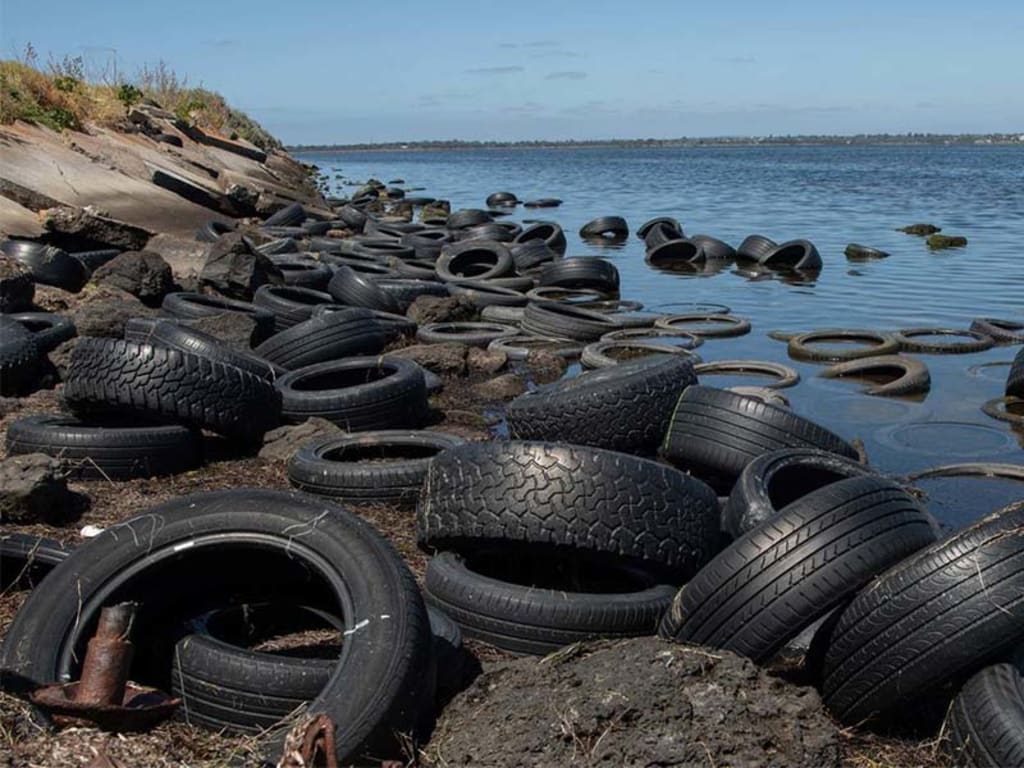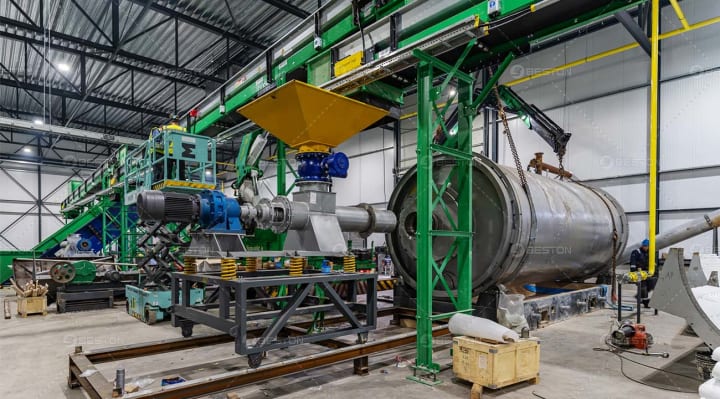Environmental Hazards Caused by Improper Disposal of Discarded Tires
Pyrolysis Technology and Continuous Plants Leading the Charge for Tire Recycling Excellence

In the tapestry of modern consumption, discarded tires often find themselves relegated to the shadows of waste management. However, the improper disposal of these seemingly innocuous rubber remnants poses a significant environmental hazard, weaving a narrative of ecological concerns that demand our attention.
The Tire Graveyard: A Breeding Ground for Woes
Discarded tires are more than just rubber castaways; they embody a lurking environmental threat when improperly managed. The conventional practice of stockpiling used tires in landfills creates a breeding ground for pests and facilitates the collection of stagnant water, giving rise to potential vectors for diseases.
A Chemical Conundrum Unleashed
The composition of tires introduces a chemical conundrum into the environment. As they deteriorate, tires release harmful substances such as heavy metals, organic pollutants, and carcinogenic compounds. These noxious emissions seep into the soil and water, contaminating ecosystems and posing a long-term threat to both flora and fauna.
The Silent Fire Menace: Tire Pyrolysis Technology
Amidst the environmental perils, a ray of hope emerges through cutting-edge technology known as pyrolysis. This innovative process involves the thermal decomposition of tires in the absence of oxygen, transforming them into valuable resources while mitigating environmental hazards.
Pyrolysis Unveiled: A Sustainable Solution
Pyrolysis technology serves as a sustainable solution to the tire disposal dilemma. The process not only addresses the menace of improper disposal but also harnesses the potential of discarded tires. Through controlled heating, tires undergo transformation, yielding valuable byproducts like bio-oil, carbon black, and syngas, each with its unique applications.

Continuous Pyrolysis Plant: Redefining Recycling Dynamics
At the forefront of this environmental renaissance is the continuous pyrolysis plant, a marvel of engineering that seamlessly integrates into waste management systems. This plant operates continuously, ensuring a steady conversion of discarded tires into valuable products without interruption.
Tire Transformation: A Symphony of Processes
Within the confines of a continuous pyrolysis plant, discarded tires embark on a transformative journey. The tires are fed into the system, and through a combination of heat and absence of oxygen, they undergo pyrolysis, breaking down into bio-oil, carbon black, and syngas. This orchestrated symphony of processes not only mitigates environmental hazards but also produces resources with economic and industrial significance.
Economic Viability Through Resource Recovery
Beyond its environmental merits, the continuous pyrolysis plant presents an economic paradigm shift. The recovered products, such as bio-oil, find applications as fuel sources, while carbon black serves various industrial purposes. This resource recovery not only mitigates the environmental impact of tire disposal but also creates economic opportunities, transforming discarded tires from liabilities into valuable assets.
Beyond Landfills: The Pyrolysis Promise
The adoption of pyrolysis technology and continuous pyrolysis plants heralds a departure from the conventional wisdom of tire disposal. Instead of languishing in landfills, tires become feedstock for a transformative process, ushering in an era where waste is not just managed but repurposed.
Challenges and Future Horizons
However, challenges persist on this road to environmental redemption. The scalability of continuous pyrolysis plants, optimization of energy consumption, and the need for widespread adoption are areas requiring continued attention. Yet, these challenges serve as catalysts for further innovation, driving the evolution of sustainable solutions.
A Call to Action: Embracing Sustainable Futures
As we grapple with the consequences of improper tire disposal, the advent of pyrolysis technology beckons us to embrace sustainable futures. The integration of continuous pyrolysis plants into waste management practices not only mitigates environmental hazards but also charts a course toward resource-efficient and economically viable solutions.
In conclusion, the environmental hazards posed by improper disposal of discarded tires are formidable, yet not insurmountable. Through the adoption of cutting-edge pyrolysis technology and the utilization of continuous pyrolysis plants, we stand at the precipice of transformative change. This is not merely waste management; it is an environmental renaissance, where discarded tires become the catalysts for a sustainable and resilient future.
About the Creator
Enjoyed the story? Support the Creator.
Subscribe for free to receive all their stories in your feed. You could also pledge your support or give them a one-off tip, letting them know you appreciate their work.






Comments
There are no comments for this story
Be the first to respond and start the conversation.